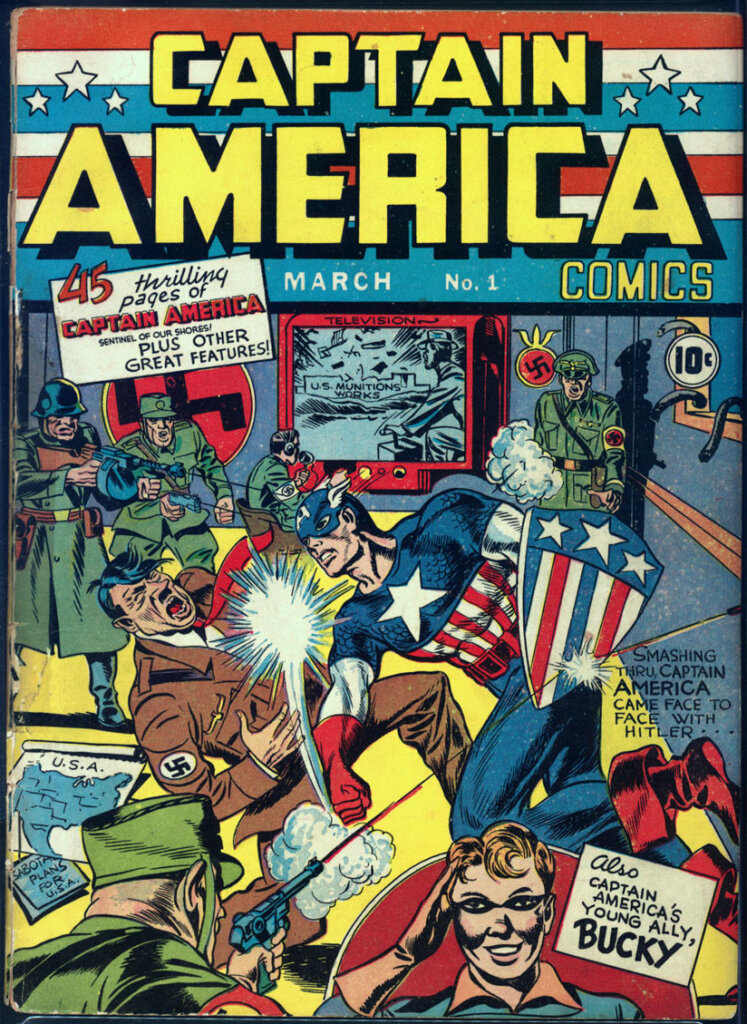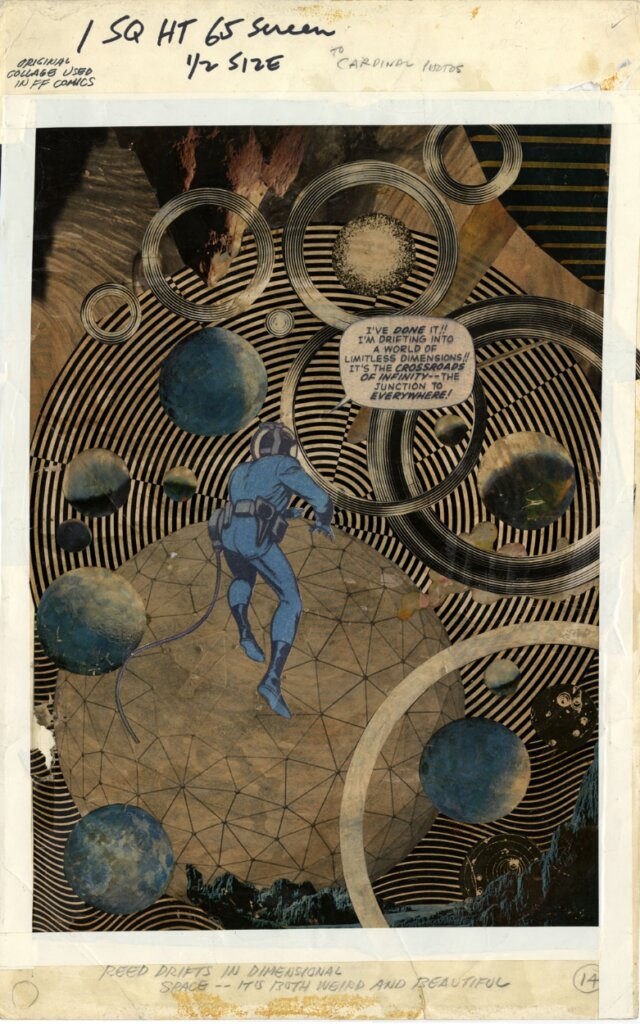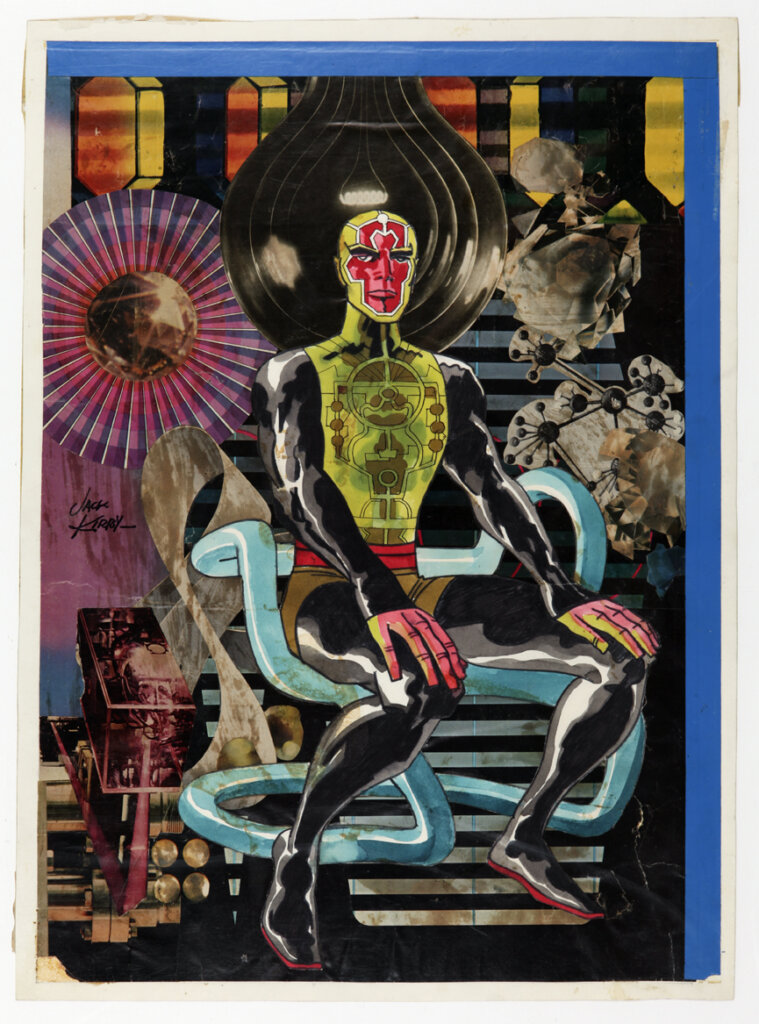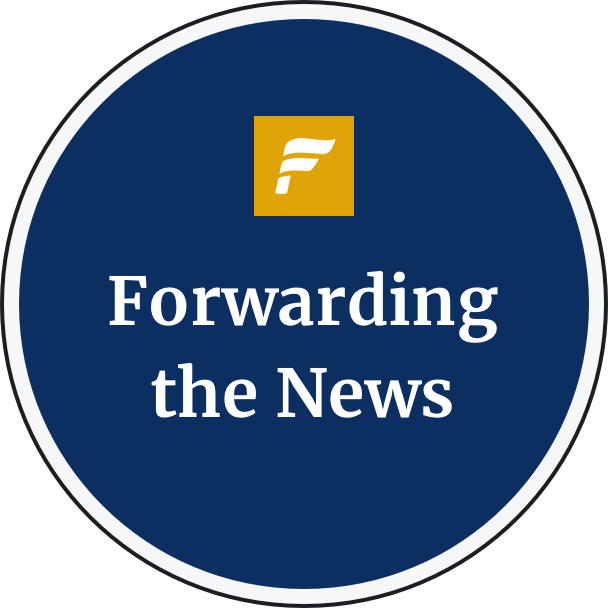Jack Kirby’s “Street Code” was a rare piece of pure autobiography, depicting the Lower East Side of his youth. Courtesy of Jack Kirby Museum and Research Center
All this time, comic book artist Jack Kirby was drawing himself.
In a street scene memory from the 1980s, we see the clothesline eruv of the old Lower East Side where he was born and raised: street toughs, peddlers, a cascade of garbage whooshing through a tenement window and an iceman in a horse cart. It could well be Yancy Street, where Ben Grimm, aka Thing, was initiated into a gang, before he took his fateful space flight and was reconstituted as a man made of rock.
The first salvo in the American war with the Germany was rendered in speed lines on Kirby’s cover of Captain America Comics #1, with super soldier Steve Rogers decking Hitler — wish fulfillment from a Jewish kid, who no doubt knew of the 1939 Nazi convention held at Madison Square Garden, just a block away from his old office at Fleischer Studios.
Kirby — born Jacob Kurtzberg — went to war, and, once he returned, created a comic with Jewish soldier Isadore “Izzy” Cohen, who shared his heavy brow. When Kirby entered his 40s, the time Jewish men start to study the Zohar, his work took dizzying turns into a collage multiverse. By the 1970s, he was drawing New Gods, with baroque piping on their suits resembling the spheres of the Kabbalistic Tree of Life. Their ultimate foe, with his jutting jaw, could look a lot less like Mussolini.
In his spare time, Kirby drew the patriarch Jacob wrestling an angel of technology and decorated Hanukkah cards with the Thing in a tallis holding a siddur.
Jack Kirby: Heroes and Humanity, debuting May 1 at the Skirball Cultural Center in Los Angeles, is the first career retrospective of the artist who created or co-created some of American pop culture’s most iconic characters.
“There have been focused thematic shows and there was the one in Europe that was just a one week pop up of art,” said Patrick Reed, co-curator of the exhibition.”This is a proper career and creative retrospective..”
The exhibition, which includes Kirby’s work for Marvel Comics and DC, his army uniform and typewriter and even the first sketch of Black Panther, follows the artist’s life through his pen, said Skirball’s Deputy Director Michele Urton.
“Being able to tell the story of Jack Kirby, as the son of immigrants, as a Jew who grew up on the Lower East Side and had that real New York experience, to trace the arc of his biography alongside the story of the work that he did was really important to us,” Urton said.
This means not only including iconic covers and splash pages, but his designs for NFL uniforms and Shakespeare costumes, and a previously undisplayed editorial cartoon from 1940, showing his thoughts on fascism abroad.


What comes through most clearly is Kirby’s evolution. The early work shows figures who would spill over the panels; later on, he’d embrace naturalist perspective and finally dive headlong into mixed media collage and expressionism as his heroes visited the realm of the Negative Zone.
For Reed, a longtime fan, the exhibition is a rare opportunity to see the work up close. With originals not reprinted on pulp paper, you gain an appreciation for Kirby’s level of detail. Though he worked at a breakneck pace, the artist didn’t cut corners, even when pinch-hitting for other artists like Spider-Man’s Steve Ditko.
“We want people to really appreciate that the artistry of comic books is this elevated art form that hasn’t gotten its due so far,” said Urton.
The retrospective makes the case that, without Kirby, there may not be pop art, afro-futurism or any number of artists whose works now hang in museums of modern art. Certainly the film industry, if nothing else, is still feeling his contributions to the tune of billions.

Over 30 years after Kirby’s death in 1993, we are still living in the world he helped create. And Reed believes that Kirby knew what was coming, noting the final page of a Fantastic Four issue where the team stands in front of a marquee for a movie about them.
“That is, of course, perfectly keyed to this moment where the new trailer dropped a couple days ago,” said Reed. “We’re finally getting a Marvel Studios Fantastic Four film on the big screen, with directors and screenwriters who directly cite Jack’s influence.”
The exhibition Jack Kirby: Heroes and Humanity will run at the Skirball Cultural Center in Los Angeles from May 1. Tickets and more information can be found here.

I hope you appreciated this article. Before you go, I’d like to ask you to please support the Forward.
Now more than ever, American Jews need independent news they can trust, with reporting driven by truth, not ideology. We serve you, not any ideological agenda.
At a time when other newsrooms are closing or cutting back, the Forward has removed its paywall and invested additional resources to report on the ground from Israel and around the U.S. on the impact of the war, rising antisemitism and polarized discourse.
This is a great time to support independent Jewish journalism you rely on. Make a gift today!
— Rachel Fishman Feddersen, Publisher and CEO

